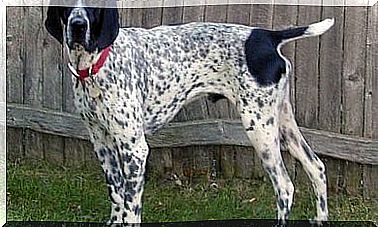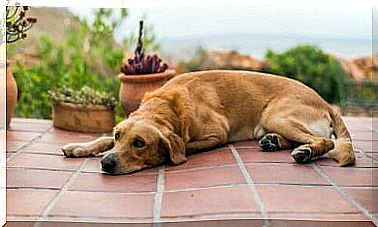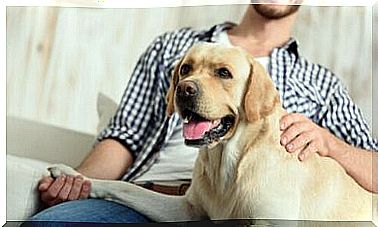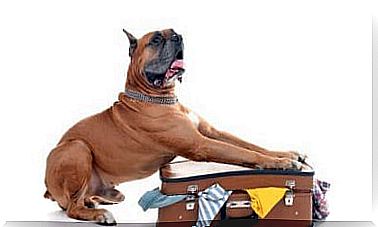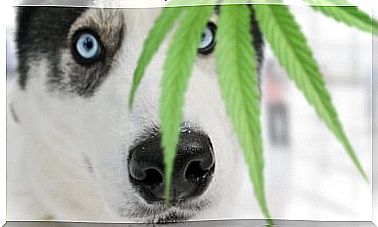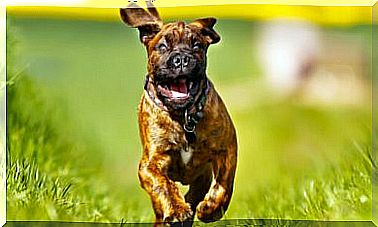Let’s Get To Know The Newfoundland Breed Together
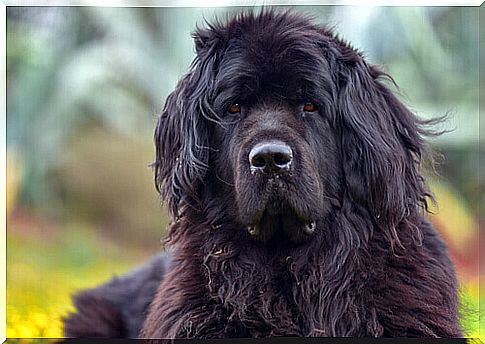
The Newfoundland is one of the large breed dogs worth knowing. It was used as a working dog by the fishermen of the place from which it derives its name, a place that today belongs to Canada. Do you want to know more about this breed? Read on.
Everything you need to know about the Newfoundland
Origins
It is a dog that has a lot in common with the Saint Bernard, the Tibetan Mastiff and the English Mastiff. It is originally from Newfoundland, and is descended from a breed called Newfoundland Major.
In 1880 the fishermen and explorers of Ireland and England began to make the abilities of this dog known in this area. There were two types: one large with very long hair, and another medium with short hair. The smaller breed was known as the Lesser Newfoundland, while the other was the Greater Newfoundland. Both were used to pull fishing nets and to transport groups of fishermen, but also to pull carts with fish and tools.
This breed continued to develop and thrive until it nearly became extinct during WWI and WWII. However, from 1950 there was a considerable increase in the number of specimens, which continues even today.
Characteristics
Its legs are webbed and its fur resists water. This could be because he was crossed with water dogs.
Males can weigh between 60 and 70 kg, and be between 72 and 90 cm tall at the withers, while females do not exceed 55 kg.
The coat can be brown, black and white with black spots, although it is almost always black. There are also Newfoundlands with gray coats, but the FCI considers them a separate breed, called the Landseer.
Character
It is a large animal but with a soft heart. He is quiet and docile, very kind and a hard worker. In fact, it is known as a nanny dog for children. Even the Kennel Club describes it as a sweet tempered breed.
It has a deep and massive bark, so it will be great as a guard dog if you train it from a puppy.
In addition to being good and sociable with people, he is also good with other animals. If you have small children in the house you must be careful, as due to its size it could cause them to fall.
Newfoundland care and pathologies
Like many large dogs, hip dysplasia is a condition they may suffer from over the years. Also of elbow dysplasia and Cystinuria, a malformation of the bladder. At birth, some individuals may have defective heart valves, which could cause them an early and sudden death.
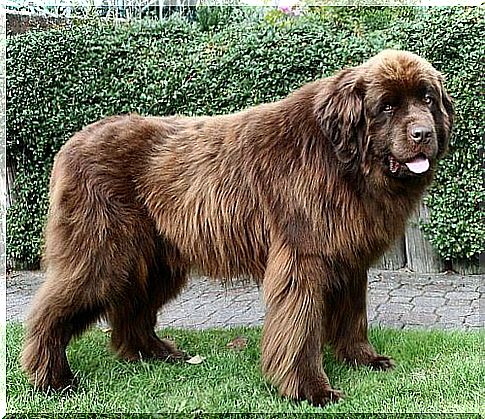
Source: Peter Ludes
As for the care it needs, the coat needs to be brushed every day to prevent knots from forming. Using a product that softens the coat is a good idea.
Provide them with quality nutrition. His bones and his body need all the nutrients that will allow him to avoid health problems.
Exercise is essential for the joints, muscles and body since, due to its large size, it could suffer if it leads a sedentary life.
Are you considering getting a Newfoundland as a pet? If so, hurry up! You will not find a more tender, loyal and hardworking dog.
